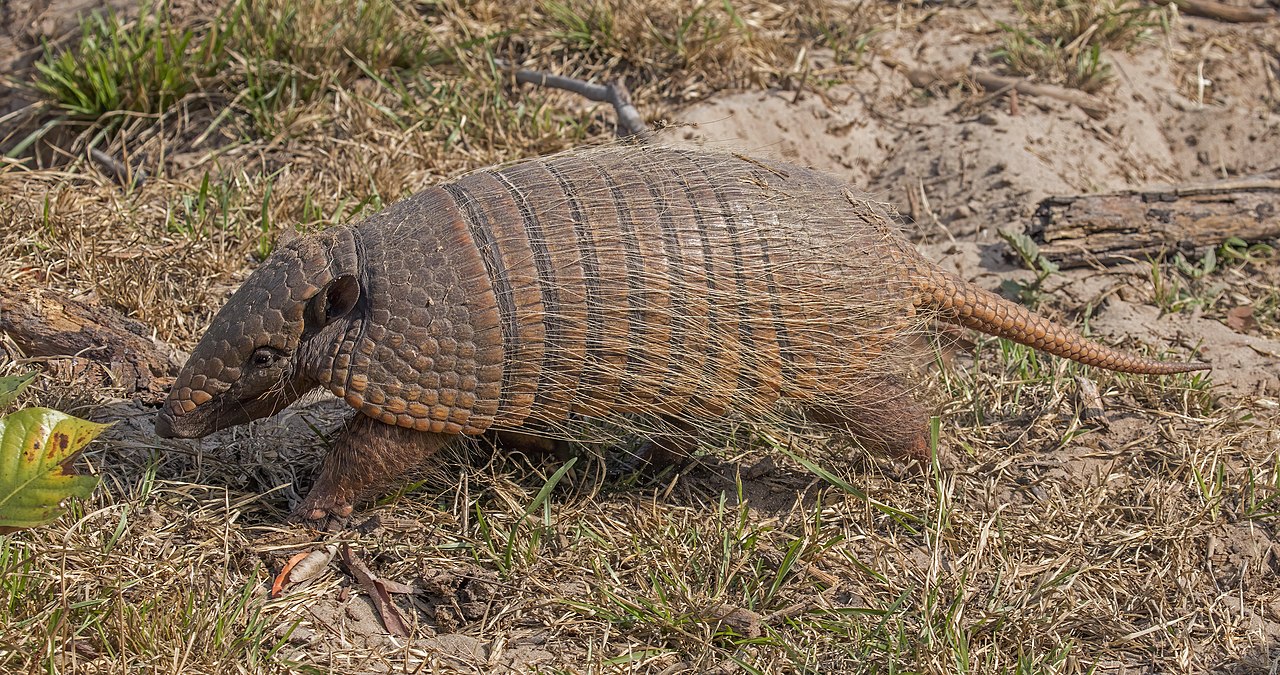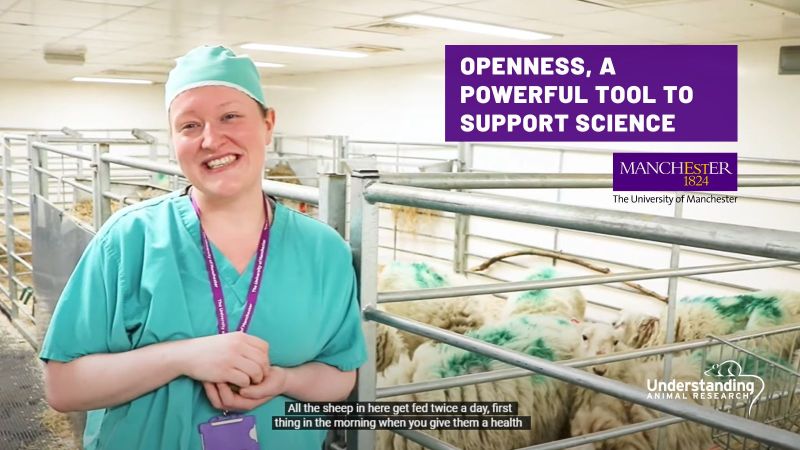Human health timeline: 1980s
MRI scanning for improved diagnosis
US Chemist Paul Lauterbur was present during early analysis of dissected rat tissue by NMR, and felt that it should be possible to study a whole animal in a non-invasive way. Early in the 1970s he generated a two-dimensional image.
Prenatal corticosteroids improving survival of premature babies
In 1870, infant death rates reached their peak, with almost one in four babies dying at birth. This appalling level triggered the first attempts to use incubators to help premature babies.
Treatment for river blindness
Onchocerca is a parasitic worm that harms 6.5m people in Africa and South America, blinding many of them. The real cause might be the Wolbachia bacteria that live on the worm. Mice infected with extracts from antibiotic-treated worms showed significantly less thickening and haze of the eye's cornea.
Life support systems for premature babies
In 1870, infant death rates reached their peak, with almost one in four babies dying at birth. This appalling level triggered the first attempts to use incubators to help premature babies.
Medicines to control transplant rejection
In 1916 Little and Tyzzer also showed that tumours transplanted from one mouse to another of the same strain were not rejected, but mice of a different strain would reject them.
Medicines to treat viral diseases
First reported in 1981, AIDS was quickly shown to be a mysterious epidemic which spread with no known cause. Scientists thought a retrovirus could be the infectious agent.
Treatment for leprosy
 The core body temperature of the armadillo is low enough to favour the growth of the leprosy-causing bacterium Mycobacterium leprae. Using the armadillo, scientists were able to develop an experimental vaccine against leprosy.
The core body temperature of the armadillo is low enough to favour the growth of the leprosy-causing bacterium Mycobacterium leprae. Using the armadillo, scientists were able to develop an experimental vaccine against leprosy.



